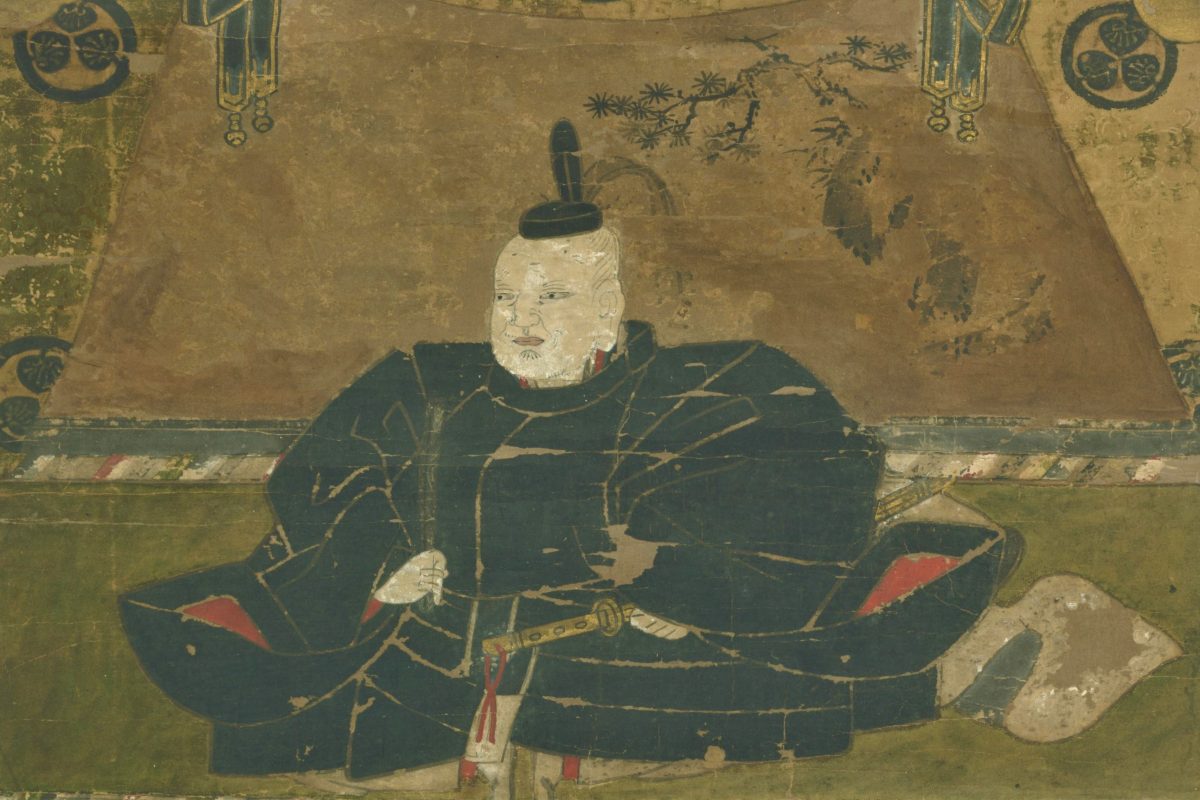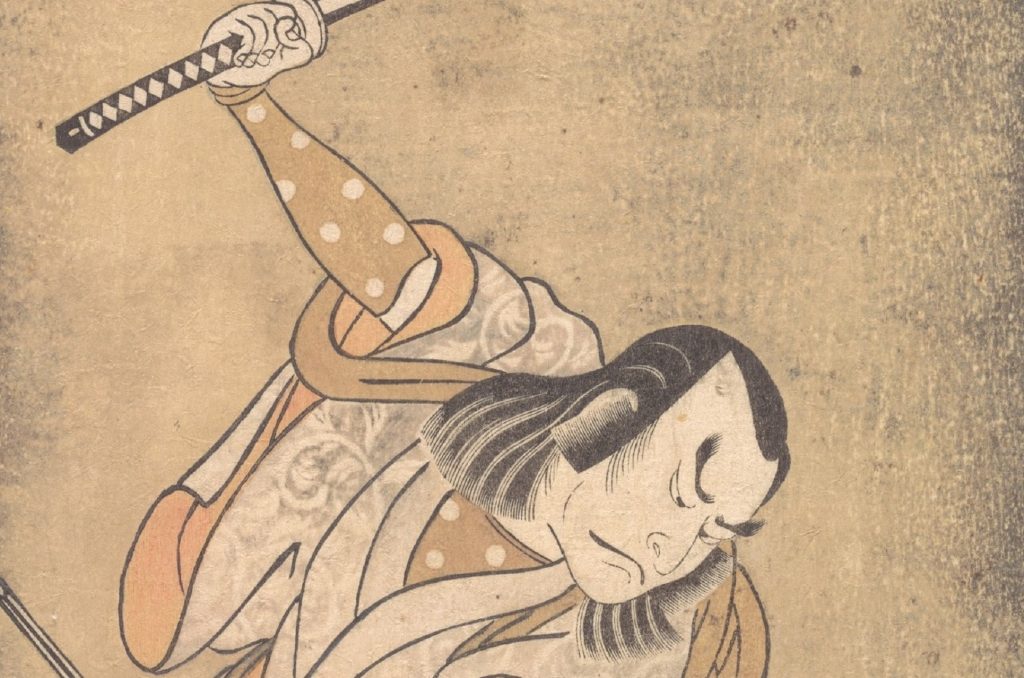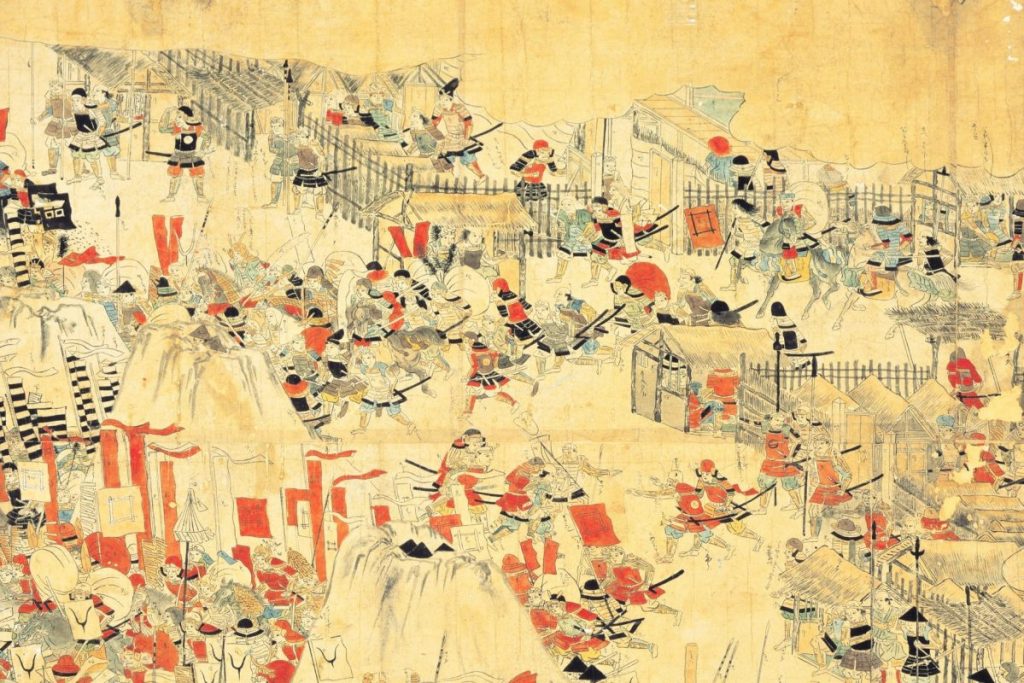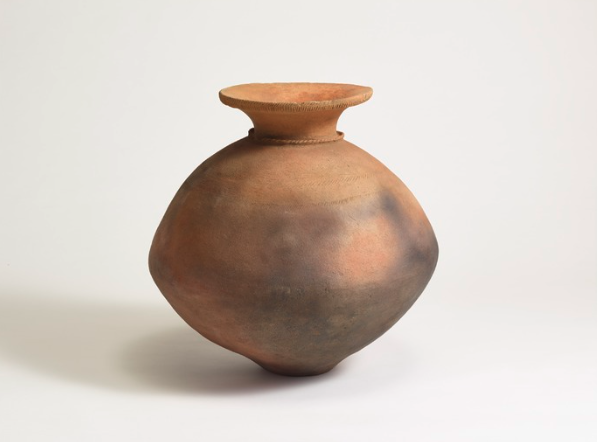The Edo shogunate lasted for over 260 years since Tokugawa Ieyasu (徳川家康). For those who can’t remember the names of all 15 shoguns and what they did, we have condensed everything down to the bare essentials. That said, we’ve also managed to squeeze in some of the dramatic historical episodes that surrounding these individuals.
Tokugawa Ieyasu (家康), the first ‘Edo Kaifu (founder of Edo)’
Tenure 1603-1605; spent an unhappy period as a hostage of the Suruga (駿河; Shizuoka Prefecture) feudal lord Imagawa (今川), before winning the Battle of Sekigahara (関ヶ原). He became the first Shogun and established the shogunate in Edo. He also excelled in diplomacy and traded with other countries. After his death, he was enshrined as a deity at Nikko Toshogu (日光東照宮) Shrine.
2nd ‘earnest’ Tokugawa Hidetada (秀忠)
Tenure 1605-1623; third son of Ieyasu. He was late for the Battle of Sekigahara and incurred Ieyasu’s wrath. Incidentally, his fourth son Tadayoshi (忠吉) played a very active role in the Battle of Sekigahara. His late arrival was a bad episode, but it was because Ieyasu saw through Hidetada’s earnest nature that he made him the second Shogun.
Tokugawa Iemitsu (家光), the third ‘Edo Castle renovator’
Tenure 1623-1651; second son of Hidetada. Unlike his grandfather and father, he assumed the post of shogun without going to war for the first time. He established the system of the shogunate with the completion of Edo Castle and the introduction of the Samurai Laws, which made it compulsory to visit the shogunate. Externally, he imposed a ban on Christianity in the wake of the Shimabara (島原) Rebellion, and restricted foreign trade.
4th ‘Christianity forbidden’ Tokugawa Ietsuna (家綱)
Tenure 1651-1680; Iemitsu’s eldest son, who became Shogun at the age of 11 and this, added to the fact that he was also, meant that he rarely took part in politics himself, but his political system was stable. A ‘bakuhan (幕藩) system’ was established, with the shogun at the top. This was thanks to his uncle, Hoshina Masayuki (保科正之), tairo (大老; the Grand Elder) Sakai Tadakatsu (酒井忠勝), and rojyu (老中; the senior lieutenant), Matsudaira Nobutsuna (松平信綱), and other prominent ministers.
Tokugawa Tsunayoshi (綱吉), the fifth ‘Oinu-sama’
Tenure 1680-1709; fourth son of Iemitsu. He was a cultured man who liked Confucianism and other studies, but his animal protection law, the ‘Shourui awaremi no rei’ (生類憐みの令), was unpopular because it went too far. Tsunayoshi’s reign was marked by the Genroku Ako (元禄赤穂) Incident, the founding of ukiyo-e (浮世絵) prints, and other events and culture that are representative of the Edo period.
Tokugawa Ienobu (家宣), the sixth ‘Confucian studies scholar’
Tenure 1680-1709; he was the eldest son of Iemitsu’s third son, Tsunashige (綱重) of the Kofu (甲府) domain, and the oldest of the fifteenth shoguns, at the age of 48. He placed great importance on Confucian studies, including the appointment of the Confucian scholar Arai Hakuseki (新井白石) as his close adviser. He also aimed for good government, for example by abolishing the the ‘Shourui awaremi no rei’ animal protection law.
7th ‘five-year-old inaugurator’, Tokugawa Ietsugu (家継)
Tenure 1713-1716; fourth son of Ienobu, he succeeded to the shogunate at the youngest age of five, with Arai Hakuseki and others in charge of political affairs. However, the political system was unstable under the young lord, and he died prematurely at the age of eight amidst turmoil, including the ‘Ejima Ikushima (絵島生島) Incident’, an Ooku (大奥) scandal and power struggle.
Tokugawa Yoshimune (吉宗), 8th ‘Rampant Shogun’
Tenure 1716-1745; fourth son of Kishu (紀州) domain lord Tokugawa Mitsusada (光貞). He inherited the Kishu domain on the death of his elder brothers. He later became Shogun on the advice of the rojyu and others, and promoted the ‘Kyoho no kaikaku (享保の改革)’ to restore the finances. It was also Yoshimune who selected Ooka Echizen (大岡越前; Ooka Tadasuke, 忠相), a well-known figure in period dramas.
Tokugawa Ieshige (家重), the ninth cultured shogun’
Tenure 1745-1760; eldest son of Yoshimune. He was succeeded by his father as Shogun, but is said to have preferred drinking to study and military arts. Some say that he was too sickly to serve as a shogun, but the prevailing view is that he was not so sickly as to be unable to serve as a shogun. However, it is said that he suffered from a morbid frequency of urination.
Tokugawa Ieharu (家治), the 10th ‘Tanuma in his prime’
Tenure 1760-1786; eldest son of Ieshige. He was intelligent and was expected to replace the unpopular Ieshige Ieshige the 9th. However, he did not take the initiative in politics and was replaced by Tanuma Okitsugu (田沼意次). The Dutch scholar Sugita Genpaku (杉田玄白) and the rare inventor Hiraga Gennai (平賀源内) were active during this period.
Tokugawa Ienari (家斉), 11th ‘energetic general’
Tenure 1787-1837; fourth son of Hitotsubashi Harusada (一橋家・治済), one of the ‘three lords’ associated with the shogunate. He had about 50 children and lived to be 69. On the political front, he appointed Matsudaira Sadanobu (松平定信) to the post of Roujuu (老中, one of the highest-ranking government posts), and implemented the ‘Kansei (寛政) Reforms’, but society and public morals were in turmoil. Later, the Kasei (化成) culture flourished.
Tokugawa Ieyoshi (家慶), 12th ‘reformer of Tempo’
Tenure 1837-1853; second son of Ienari. Ienari remained Shogun for 50 years, and Ienari’s grand patronage politics continued in the reign of Ieyoshi. In order to overcome various problems, the ‘Tempo (天保) Reforms’ were initiated by the old lieutenant Mizuno Tadakuni (水野忠邦). The reforms centred on the establishment of a system of discipline (to correct the attitude of discipline, politics, officials, etc.) and economic policy.
Tokugawa Iesada (家定), 13th ‘confectioner’
Tenure 1853-1858; fourth son of Ieyoshi. After Commodore Perry’s arrival in Japan, he became Shogun amidst a mountain of problems at home and abroad, but due to illness and weakness, he left political affairs to his old lieutenant, Abe Masahiro (阿部正弘), and others. As he had no sons of his own, a struggle for succession broke out before his death. Although he left politics to his vassals, he was said to have been a great cook.
Tokugawa Iemochi (家茂), 14th ‘political marriage’
Tenure 1859-1866; second son of Tokugawa Nariyuki (斉順), the 11th lord of Kishu. He was promoted by Ii Naosuke (井伊直弼) to the post of shogun at a time of great turmoil, including the conquest of Choshu (長州). After Ii’s death, he married the imperial princess Kazunomiya (和宮) in line with the ‘kobu gattai (公武合体)’, a policy of combining the imperial (public) and shogunate (military) forces, but died of illness at the age of 21 at Osaka Castle during his expedition.
15th ‘Last Shogun’, Tokugawa Yoshinobu (慶喜)
Tenure 1859-1866; seventh son of Tokugawa Nariaki (斉昭), feudal lord of the Mito (水戸) domain. He was adopted by the Hitotsubashi (一橋) family, but was defeated by Iemochi in the struggle for succession and placed under house arrest during the Great Ansei (安政) Incarceration. After the Sakuradamon-gai (桜田門外) Incident, he became Iemochi’s guardian and was appointed Shogun after Iemochi’s death. The powers were transferred to the Emperor, which drew a close to the Edo shogunate. The following year, Edo Castle was vacated.
Eye-catching image.
Portrait of Prince Ieyasu, National Diet Library Digital Collections
This article is translated from https://intojapanwaraku.com/rock/culture-rock/186491/


























